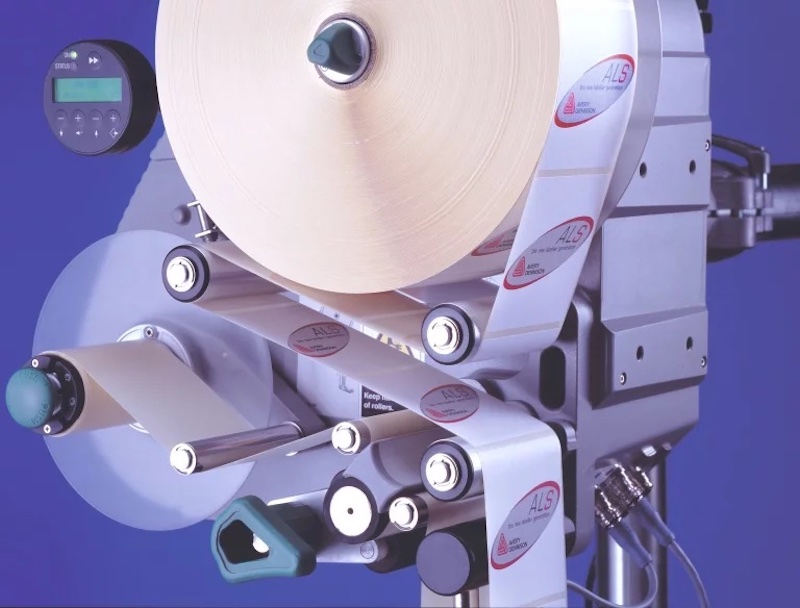What Are Label Applicators?
Label applicators are extremely useful for lots of different industries.
Designed to make the labelling process smoother for business and home users alike, labelling applicators are small machines that enable you to print and apply a label quickly and easily.
So whether you work in ecommerce, logistics, or you’re making some home improvements, label applicators offer tons of potential.
Why Do You Need A Label Applicator?
Most businesses choose to use label applicators because it saves them time and money. For couriers and postal companies, labelling machines offer a fast, accurate way to apply the right label to the right box, ensuring it gets to the right destination swiftly.

They’re also sought-after for all kinds of product packaging, from cosmetics to food to household products.
Home users can also benefit from label applicators. Handheld labelling machines are great for addressing envelopes, organising boxes, and craft projects. They’re sure to make any labelling task a lot less arduous.
Manual vs Automated Labelling Application
Manual labelling is time-consuming, inconsistent, and inaccurate. A lot of staff time can be wasted with outdated manual labelling practices – which is why it’s important to invest in an automated process to take the hassle out of your labelling.
Automatic labelling is more reliable, more accurate, and faster than manual labelling – so it brings serious benefits to businesses looking to increase productivity and iron out their logistics. Automatic labelling applicators come in a variety of shapes, sizes, and costs – so you can choose the ideal machine for your needs.
What Types of Label Applicators are There?
There are a range of label applicators out there, each with a unique method of labelling that’s suitable for different uses. The main methods of labelling application are tamp-on, wipe-on, blow-on, tamp and blow, and swing-on.
Tamp-on labelling (also known as touch-on labelling) is typically used to label areas that are flat, such as shipping boxes.
Wipe-on application, meanwhile, is great if you have a large volume of items that need labelling, and you want the process to be continuous. The blow-on method is ideal for fragile products, since there’s no contact between the applicator and the surface; the label is applied via a vacuum.
Tamp and blow labelling combines the tamp-on and blow-on methods for enhanced accuracy. Swing-on labelling uses an arm attachment to label an alternative side of the product, such as the front or side of the box.
Each of these methods is best suited to particular labelling requirements, so you can choose your label applicator based on the type of product you’re labelling, as well as your budget and space constraints.
Which Labelling Applicator is Best for You?
No two businesses are the same – so it’s important for every company to assess its business needs before investing in new tools and hardware.
If you’re not sure which labelling applicator will best suit your business, product, or project, it’s important to discuss your requirements with a labelling specialist.
They’ll be able to explain the various options in extensive detail, allowing you to make an informed decision on the best labelling applicators for your business.

